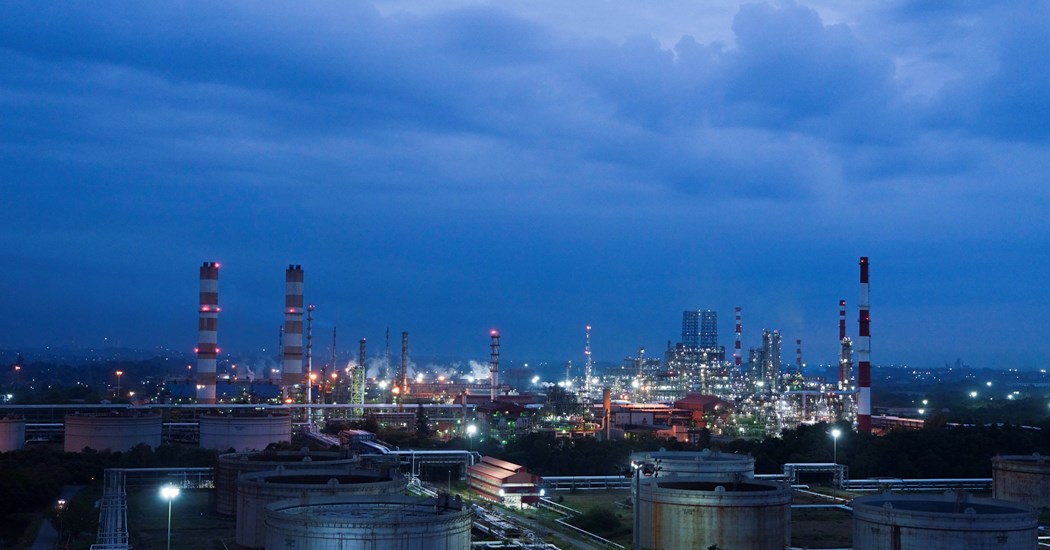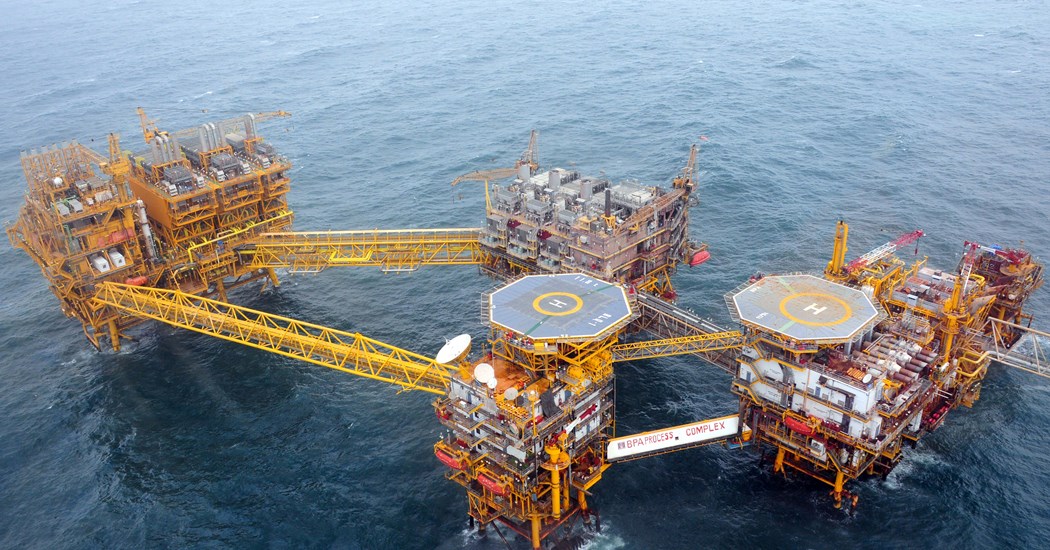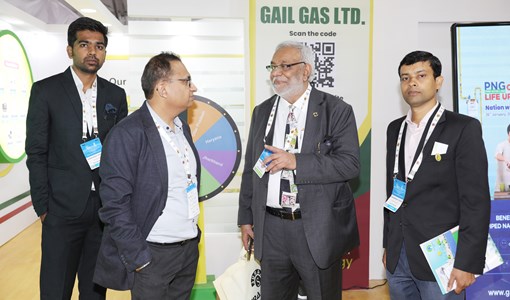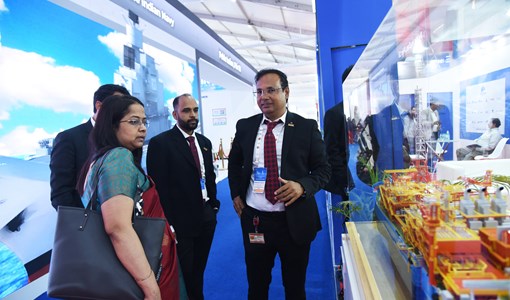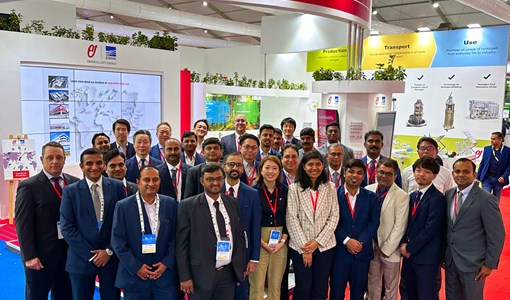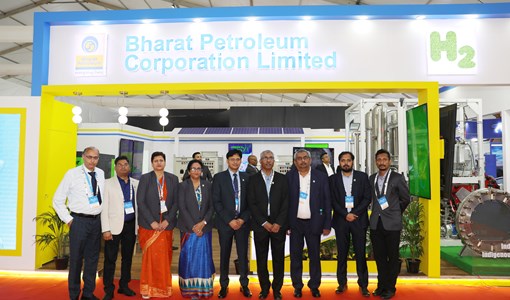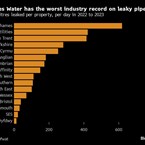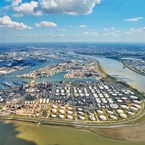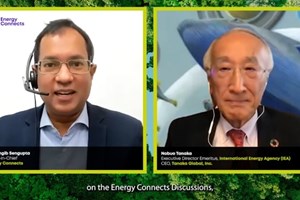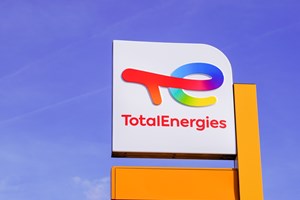Building the agile and adaptable ONGC of tomorrow with history
Arun Kumar Singh, Chairman and CEO of Oil and Natural Gas Corporation (ONGC), tells India Energy Week news about the company’s ambitious exploration and diversification plans.
In its 68-year illustrious journey, ONGC has crossed many milestones to realise the energy aspirations of India. Since inception in 1956, the company has witnessed continuous growth in reserves accretion and O&G production within India and abroad. With its sustained E&P efforts, ONGC opened up seven out of eight producing sedimentary basins in the country, and recently established a hydrocarbon presence in the ninth basin of the country.
Can you tell us more about ONGC and its historic contribution to the Indian energy sector?
The journey of ONGC over these years has been a tale of conviction, courage and commitment. ONGCs’ superlative efforts have resulted in converting earlier frontier areas into new hydrocarbon provinces. From a modest beginning, ONGC has grown to be one of the largest E&P companies in the world in terms of reserves and production and is persistently pushing the frontiers of exploration, expanding its boundaries.
As India’s economy continues to grow and showcase resilience, it becomes paramount that energy becomes secure, affordable, and sustainable. While we continue to remain focused on operational excellence as an immediate goal, we are also building the ONGC of tomorrow that is resilient, agile and adaptable. The company is incessantly striving to bring in other non-producing sedimentary basins into the production fold with extensive exploratory efforts in data generation and interpretation.
ONGC, through its 100% subsidiary, ONGC Videsh, is involved in acquisition of oil and gas acreages outside India and is presently active in 15 countries with 32 Oil and Gas Projects around the world. ONGC is also present in downstream business through its refinery and petro-chemical subsidiaries Hindustan Petroleum Corporation Limited (HPCL), Mangalore Refinery and Petrochemicals Limited (MRPL), and ONGC Petro-additions Limited (OPaL).
Could you share some highlights of ONGC’s future growth plans, diversification strategy and partnerships?
Highlighting some remarkable achievements, we proudly announce the commencement of “First Oil” from the KG-DWN-98/2 Block. We aim to achieve peak production of 45,000 barrels of oil per day (BOPD). By June 2024, we expect gas production to also reach approximately 10 mmscmd.
In addition to these milestones, ONGC continues to make significant strides with successive new discoveries in OALP Blocks. Notably, we made two gas discoveries, Utkal and Konark, in the Mahanadi Basin (Deep Water), as well as four discoveries in the Western Offshore region, including Monga, Moti, Amrit, and Pukhraj. With promising prospects on the horizon, we anticipate further discoveries in our OALP blocks in the near future.
We are focusing on threefold exploration strategy: revisiting Mature Basins, solidifying Emerging Basins, and exploring Potential New Frontiers. ONGC is also very optimistic to expand its exploration foot prints in recently opened “No-Go” areas by Government of India. ONGC has persistently pushed the frontiers of exploration, expanding its boundaries. Under our ‘Future Exploration Strategy’, ONGC has set up an ambitious target to bring 5,00,000 square kilometers of area under active exploration by acquiring 1,00,000 square km every year, spending USD 1.2 billion annually on exploration till 2025 which is a step towards expanding our energy resource targeting reduced dependencies on import.
To enhance production from both new and matured fields, we are committed to our stable CAPEX program, around USD 4.2 billion will be invested annually in the upcoming years. Beyond E&P, we are expanding our footprints across energy value chain. With this objective, ONGC is collaborating with other entities to explore opportunities in the Oil to Chemical (O2C), refining, and petrochemicals.
We are also charting a roadmap for opportunities in renewable energy and low-carbon sectors. We are planning to scale up its renewable portfolio to 10 GW by 2030. We are committed to spend around USD 12 billion by the end of this decade, on our multiple green initiatives. We are also actively exploring collaborations with leading players in the energy space on various low carbon energy opportunities including renewables, green hydrogen, green ammonia and other derivatives of green hydrogen.
ONGC is currently in advanced discussions to forge collaborations with prominent players in the energy sector. These partnerships will encompass exploration in Deep water frontiers, low-carbon energy opportunities, including renewables, CCUS, green hydrogen, green ammonia, and other derivatives stemming from green hydrogen. Various digital initiatives are also being taken up across the entire E&P domain - Exploration, Production, Drilling & Field Services, Logistics, HR, Procurements and Safety to realize our dream of having integrated Digital Oil Fields.
How do you view the Indian and global energy market in 2024 and how are you focusing on the energy transition?
India is poised to undergo the most significant surge in energy demand globally, projected to contribute to 25% of the world’s energy demand growth. Therefore, maintaining a careful balance in investment between fossil fuels is vital for secure and cost-effective transitions. We believe in ensuring a harmonious blend of current needs and future aspirations. Concurrently, our perspective maintains that fossil fuels are likely to maintain their strength for a few decades.
By embracing change, investing in sustainable practices, and exploring diversification, energy companies can play a pivotal role in shaping a more equitable and prosperous global society. One crucial element that should feature in all company transition strategies is the reduction of emissions from the industry’s own operations.
ONGC is committed to achieve zero flaring and zero methane emissions by 2030. We also envisage wheeling green electricity to our Mumbai Offshore fields on the Arabian Sea, replacing natural gas, currently being used to drive power devices at process platforms. We have reduced our emissions by 2.66% in FY’23. Our Scope-1 and Scope-2 emissions were reduced by 17% in the last five years.
India has become a leader in rapidly embracing renewables in the energy sector with over 280 GW of operational capacity and an aim to generate 50% of peak power from solar by 2030. To demonstrate our commitment to balancing energy sources for our nation, we have redefined our tagline to Energy: Now AND Next. With increased spending on green initiatives, ONGC aims to achieve net zero for Scope-1 and Scope-2 emissions by 2038, contributing to nation’s broader climate target of achieving a net zero target by 2070.
We are making significant progress on the diversification front, the Ministry of Petroleum & Natural Gas (MoPNG) approved creation of a wholly-owned subsidiary to be called “ONGC Green Limited.” The subsidiary will concentrate on value chains related to energy, such as hydrogen blending, green hydrogen, LNG, renewable energy, biofuels and biogas.
Additionally, our board has given its in-principle approval for ONGC or its affiliate/subsidiary to directly form a joint venture company (JVC) with NTPC Green Energy Ltd. (NGEL, a wholly owned subsidiary of NTPC Limited). Given that India is one of the most dynamic energy markets in the world, partnerships for innovation, manufacturing and project development hold the key for a successful energy transition journey. At ONGC, we are actively collaborating with private entities including startups, expanding our footprints across the energy sector.

Arun Kumar Singh, Chairman and CEO of Oil and Natural Gas Corporation (ONGC), tells India Energy Week news about the company’s ambitious exploration and diversification plans.
How important is it for ONGC to be at the India Energy Week?
ONGC’s participation in India Energy Week is pivotal, aligning with the event’s themes of growth, collaboration, and transition. As Energy front-runners, we see IEW 2024 as a strategic platform for constructive dialogues, exchange of global leading practices, and to build new partnerships with the aim of shaping a more sustainable and inclusive future.
IEW 2024 has the promise to be a melting pot for innovative ideas and solutions that will guide our nation towards a clean, reliable, and sustainable energy future. We eagerly anticipate opportunities for global and national collaboration across the energy value chain that will enable transformation of the energy landscape of India.
What are your views on the prospects of the energy sector in India and the region?
Energy and economic growth are inextricably linked: growth is impossible without access to energy, and economic expansion leads to increased energy use. India is likely to see the world’s biggest rise in energy demand this decade, with demand climbing 3% annually due to huge urbanisation and rapid industrialisation. As the world’s third-largest energy consumer, the country faces the task of meeting its growing energy demands while striving for a sustainable and cleaner energy future.
Ambitious goals, such as achieving net-zero emissions by 2070 and sourcing 50% of electricity from renewables by 2030, position India as a global leader in the fight against climate change, setting an example for sustainable development.
Under the visionary leadership of Hon’ble Prime Minister, India is undergoing a significant transition toward renewable energy sources. Overall, India’s energy landscape is evolving, with the focus shifting to balancing the need for increased access to energy, economic development, and environmental sustainability. Natural gas has a great deal of potential to accelerate the switch to clean energy.
The petrochemical sector will remain the key driver of global oil demand growth, with liquified petroleum gas (LPG), ethane and naphtha accounting for more than 50% of the rise between 2022 and 2028 and nearly 90% of the increase compared with pre-pandemic levels. Oil & Gas will remain crucial to the Indian economy over the following three decades despite the ongoing transition. India›s petroleum consumption is currently about 5 million barrels per day, which is growing higher than the average global growth rate The demand for energy is anticipated to rise even more as India rushes to meet its economic objectives. The key to grow in the midst of a shifting energy landscape is, to explore quickly and produce quickly.
Unlock the latest insights in the India Energy Week Show Dailies
Explore exclusive insights and the latest updates on India Energy Week 2024 in the Official News Publication for the event.
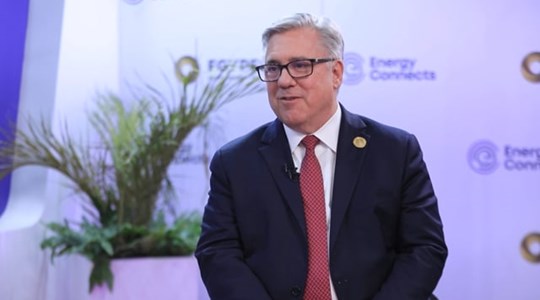
Chevron helping drive Egypt’s journey to become Africa’s energy powerhouse
Mar 11, 2024
Energy Workforce helps bridge the gender gap in the industry
Mar 08, 2024
EGYPES Climatech champion on a mission to combat climate change
Mar 04, 2024
Fertiglobe’s sustainability journey
Feb 29, 2024
P&O Maritime Logistics pushing for greater decarbonisation
Feb 27, 2024
India’s energy sector presents lucrative opportunities for global companies
Jan 31, 2024
Oil India charts the course to ambitious energy growth
Jan 25, 2024
Maritime sector is stepping up to the challenges of decarbonisation
Jan 08, 2024
COP28: turning transition challenges into clean energy opportunities
Dec 08, 2023
Why 2030 is a pivotal year in the race to net zero
Oct 26, 2023Partner content

Ebara Elliott Energy offers a range of products for a sustainable energy economy

Essar outlines how its CBM contribution is bolstering for India’s energy landscape

Positioning petrochemicals market in the emerging circular economy

Navigating markets and creating significant regional opportunities with Spectrum


